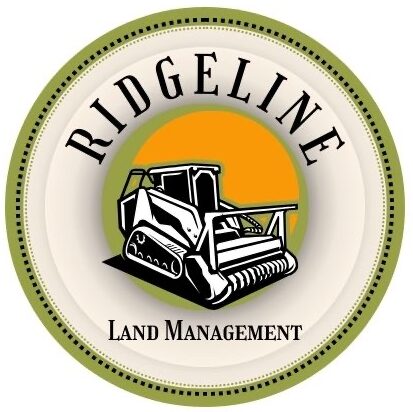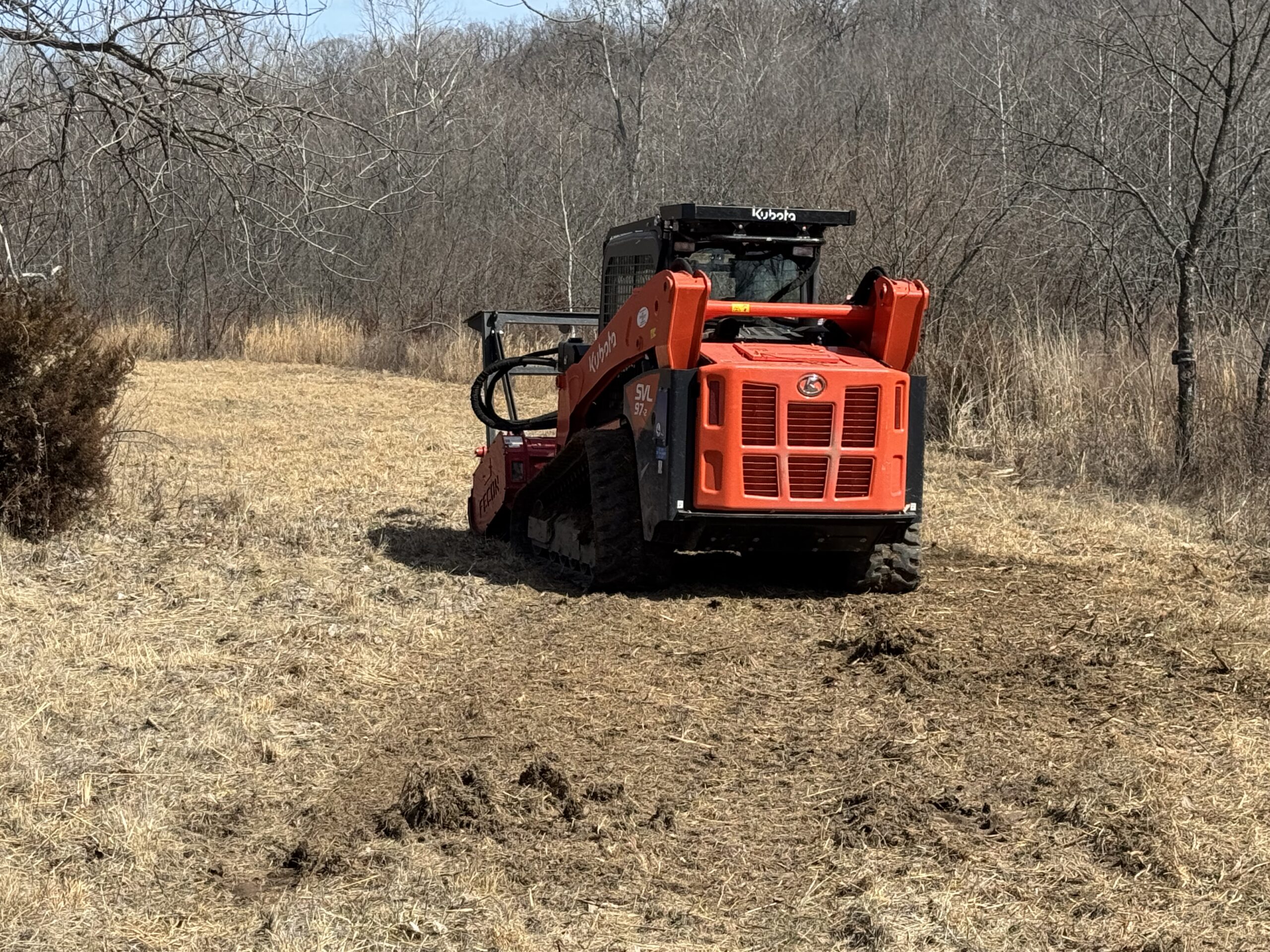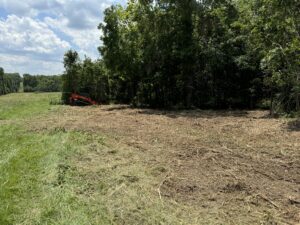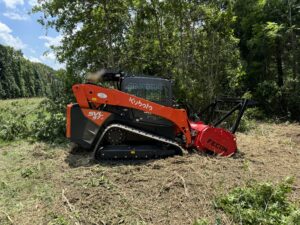Ridgeline Land Management helps property owners around eastern Missouri start every real estate development or site preparation project with exceptional land clearing services.
We’d like to share the following land clearing cost guide in Missouri to help you with handling pricing, identifying critical cost drivers, and creating a reliable project budget.
Define the Scope of Your Project Before Estimating
Before estimating, decide what the scope of your land clearing project will include. Contractors base their bids on the work’s scope, and clarity prevents overruns.
A complete clearing project often includes:
- Removing trees, brush, vines, and stumps
- Handling roots and organic mats
- Processing debris through mulching, hauling, or burning
- Rough grading for basic drainage
- Installing erosion controls when required
Each service changes pricing, so make sure every contractor bids on the same scope of work your project requires.
Identify the Main Cost Drivers That Impact Clearing Costs per Acre
Understanding the factors affecting land clearing prices gives you control over the budget. Several key conditions influence production rates and cost per acre more than any other variables:
- Vegetation density and tree size: Light brush clears quickly. Mature hardwoods with thick stumps slow progress and triple production time.
- Method and equipment: Forestry mulching involves one-step clearing, ideal for smaller stems, and costs less per acre than excavation or hauling. Excavator and dozer combinations handle large hardwoods but increase fuel and mobilization costs.
- Permits and compliance: Disturbing more than one acre may require stormwater permits, silt fencing, and inspections under Jefferson County and Missouri Department of Natural Resources rules.
- Terrain and access: Slopes, wetlands, or rocky soil limit mobility and force smaller machinery or seasonal scheduling.
- Debris handling: Mulching leaves chips on site and reduces hauling expenses. Burning remains cost effective if allowed, while hauling to a landfill adds tipping fees that raise the budget.
- Acreage and layout: Larger, continuous tracts often have a lower average land clearing cost per acre compared to small or fragmented parcels that require extra setup time.
Considering each factor independently will help you predict cost swings and avoid unpleasant surprises when comparing estimates.
Follow a Step-by-Step Approach To Estimate Your Project Costs
Use a practical workflow to build your cost estimation for property clearing and adapt it to your site:
- Map and categorize the site: Divide the property into zones based on ground cover, such as brush, mixed woods, and mature hardwood.
- Match the method to each zone: Choose mulching for brush, limited grubbing for mixed woods, and excavation with disposal for hardwood stands.
- Select debris disposal early: Confirm whether burning is allowed under Jefferson County regulations. If not, calculate trucking and tipping costs.
- Account for compliance: Check if the work triggers state or county stormwater permits to add expenses for fees, erosion control materials, and inspection time.
- Estimate crew days: Plan one to three acres per day for brush, about one acre for mixed woods, and roughly half an acre for heavy hardwood, and multiply by machine rates to find daily totals.
- Create a line-item budget: Include mobilization, clearing by zone, debris processing, erosion controls, seeding, and a 10 to 20% contingency.
- Verify utilities and environmental limits: Your contractor should call Missouri 811 three working days before digging and review potential wetland impacts with the U.S. Army Corps of Engineers if needed.
Compare Contractor Bids Using Consistent Criteria
Ask each land clearing professional you interview to price the same structure. Request written figures for mobilization, equipment hours, clearing by zone, disposal method, erosion control, and permit fees.
Make sure every bid identifies whether debris stays on site or goes off site, how many loads are expected, and what disposal site is used. Evaluating bids side by side ensures a fair comparison and prevents hidden charges later.
Learn How To Budget for Land Development the Right Way
Building a complete plan means understanding how to budget for land development from start to finish. Use your per-acre estimate as a base, then add a 10 to 20% buffer for weather, fuel price shifts, or unseen stumps.
Phase work if possible. For example, focus on clear essential building pads first and expand later. Bundling acres into one mobilization also lowers overall cost.
Choose environmentally friendly techniques like forestry mulching to stabilize soil and reduce waste. Selling marketable timber can offset expenses, and performing light brush trimming yourself can trim the bottom line if you can handle the work safely.
Contact Ridgeline Land Management To Partner With Missouri’s Trusted Land Clearing Professionals
Estimating land clearing costs becomes more straightforward when you understand what drives the numbers. For the most accurate, site-specific assessment, schedule an on-site review with Ridgeline Land Management.
Our team is headquartered in Imperial, and we serve eastern Missouri and the St. Louis metropolitan area with decades of hands-on experience, modern equipment, and deep knowledge of local regulations.
Call us today at (314) 860-8130 or contact us online to request a free quote.





